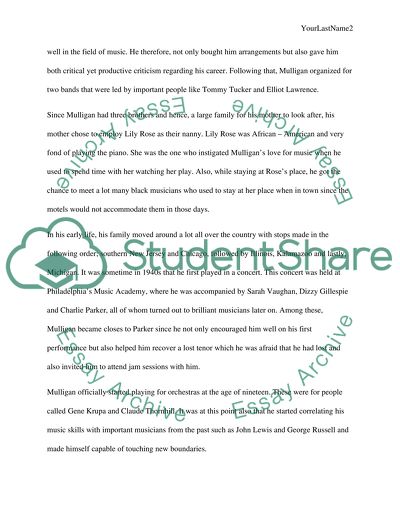Cite this document
(“Gerry Mulligan Research Paper Example | Topics and Well Written Essays - 2250 words”, n.d.)
Gerry Mulligan Research Paper Example | Topics and Well Written Essays - 2250 words. Retrieved from https://studentshare.org/music/1497135-gerry-mulligan
Gerry Mulligan Research Paper Example | Topics and Well Written Essays - 2250 words. Retrieved from https://studentshare.org/music/1497135-gerry-mulligan
(Gerry Mulligan Research Paper Example | Topics and Well Written Essays - 2250 Words)
Gerry Mulligan Research Paper Example | Topics and Well Written Essays - 2250 Words. https://studentshare.org/music/1497135-gerry-mulligan.
Gerry Mulligan Research Paper Example | Topics and Well Written Essays - 2250 Words. https://studentshare.org/music/1497135-gerry-mulligan.
“Gerry Mulligan Research Paper Example | Topics and Well Written Essays - 2250 Words”, n.d. https://studentshare.org/music/1497135-gerry-mulligan.


